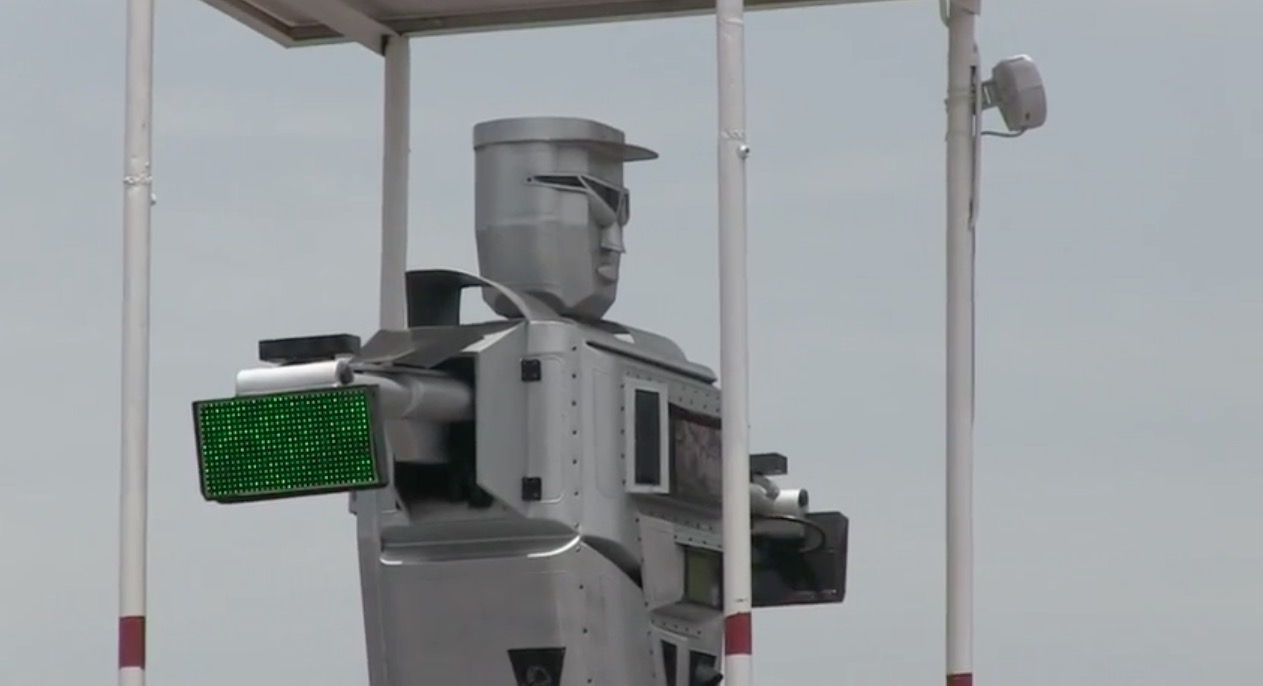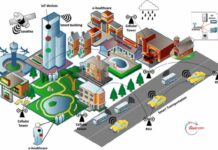
 In one of its new initiatives, the Meerut Police has come up with a plan to begin a pilot project involving the use of robots on traffic crossings in Meerut. With such a move, Meerut will be the first city in the country tending to implement such a unique plan.
In one of its new initiatives, the Meerut Police has come up with a plan to begin a pilot project involving the use of robots on traffic crossings in Meerut. With such a move, Meerut will be the first city in the country tending to implement such a unique plan.
Deputy Inspector General (DIG) Ramit Sharma, Meerut range, is the brainchild behind this project. He is also an engineering graduate. Sharma says that they have been trying to come up with ways to utilise technology in a way that it makes policing easier. The idea behind this initiative is to use small bust robots on selected crossings and points in the city. The robots simply need to be synchronised with the existing traffic signals at those points and these will then stand in the middle, managing the flow of traffic. This will mean that the traffic cop, who had to stand in the middle of the crossing, will now be free to monitor traffic and issue challans.
The proposal has got the permission from the Additional Director General (Technical) of UP Police and is all set to be implemented. The final decision will be taken in a meeting between the DIG and the ADG on the 17th of this month.
The DIG says, “In colleges, where there is a branch for robotics within the mechanical engineering wing, students create small functional robots as part of their final year projects. We can utilise these projects for this purpose. The idea is to decrease the workload of the traffic cop on the crossings.” He further elaborates, “I’ll be writing to the engineering colleges in Meerut later this month asking for their contribution in the project. In case, we do not get suitable responses from Meerut itself, we will expand the search to colleges from geographically suitable alternative locations like Noida and Ghaziabad.”
At first, the initiative will be treated as a pilot project and run on a test basis on selected crossings in the city.
“To start with things, we will identify a couple of crossings where the traffic is not very heavy. This will allow us to monitor the efficacy of the project easily. This is not something that we need to run for a year to get results. We should be able to judge how successful this is within a month or so. Thus, as soon as we get the robots, we will start rolling things out”, the DIG added.





















